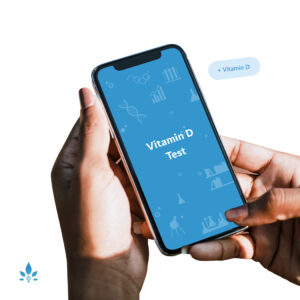Baby Skin Care


Baby\’s skin is incredibly soft, but it\’s also delicate and can be easily irritated. Fortunately, baby skincare tends toward the simple: less is often more. Follow some easy tips to keep your baby\’s skin healthy.
First, bathe your baby in warm (not hot) water and use mild baby soap or no soap at all. To make sure the temperature is just right, test it on the inside of your wrist or set the thermostat on your water heater to 120 degrees or less. Look for mild, neutral pH products–free of dyes or scents–to add to your baby\’s bath time. Use just a little bit of cleanser and then rinse it off thoroughly. After bath time, pat your baby dry, then, if possible, give your baby’s skin some time in the open air, especially the parts that are usually covered by a diaper.
Unfortunately, your baby may develop a rash in spite of your gentle care. Here are a few examples of the most common infant rashes and a few tips on how to care for them at home:
A diaper rash is common, especially if your baby sits too long in a wet or dirty diaper. Air-drying the area for as long as a possible help, followed by applying a zinc-based diaper cream at every diaper change.
Milia are tiny white bumps caused by trapped skin cells commonly found on a newborn’s nose, cheeks or chin, and should disappear on their own within a few weeks.
Baby acne is little red or yellowish bumps on a baby’s face caused by mom\’s hormones that are released into the baby\’s system during birth. Acne generally occurs during the first 2-4 weeks of a newborn’s life and disappears within a few months. Baby acne doesn’t require treatment beyond daily washing with a gentle soap.
Seborrhea, or more commonly known as cradle cap, is a rash that causes scaly patches on a baby’s scalp. Using a gentle baby shampoo daily can help clear up the condition, but it will also usually clear up on its own after a few months.
Atopic dermatitis, or eczema, is characterized by red, itchy patches of inflamed skin. You can soak your infant in a lukewarm bath, pat body dry, and apply a mild unscented cream or lotion twice a day to keep the skin hydrated.
Heat rash often occurs when a baby is overheated, either in hot weather or from being overdressed. This rash appears as little red bumps and will go away on its own when the infant cools down.
Most infant skin conditions are mild and resolve on their own. If they last longer than expected, or if you are concerned that something more serious may be going on, be sure to see your pediatrician right away.
Sources:
- American Academy of Pediatricians: About Skin-to-Skin CareMayo Clinic: Mayo Clinic Expert Suggests Proper Techniques for Newborn Bathing and Skin Care Basics
Powered by Bundoo®











































